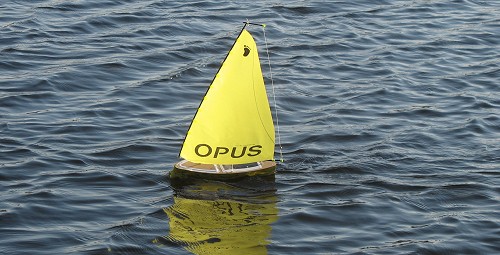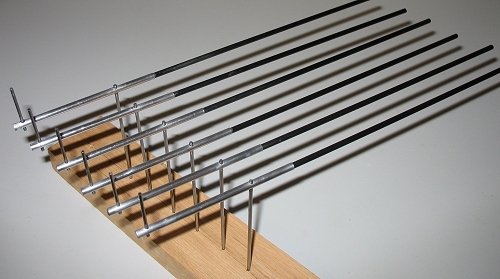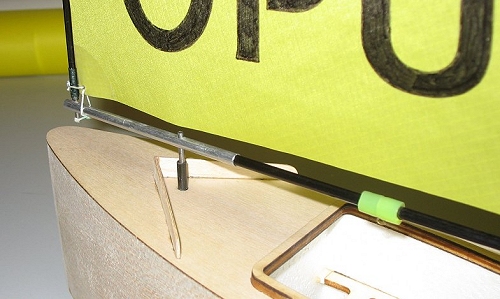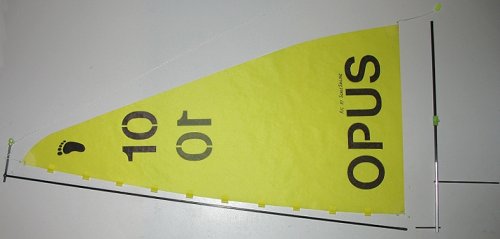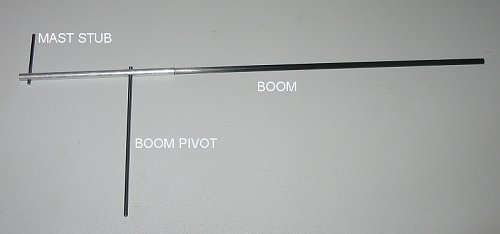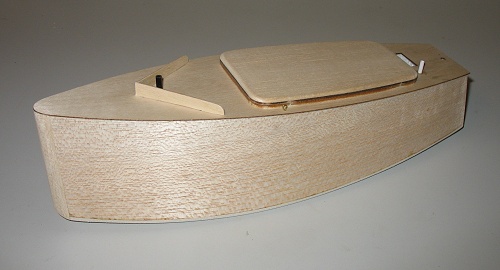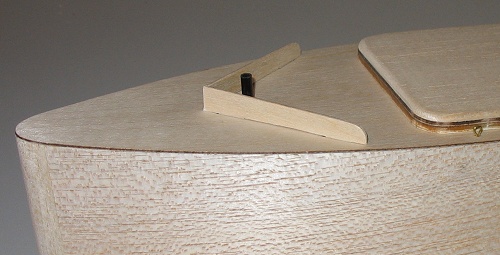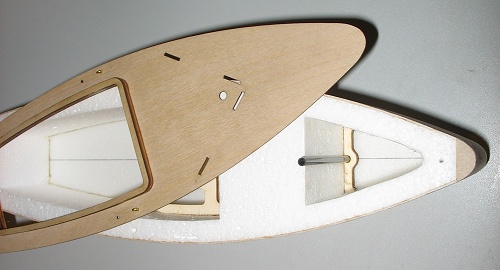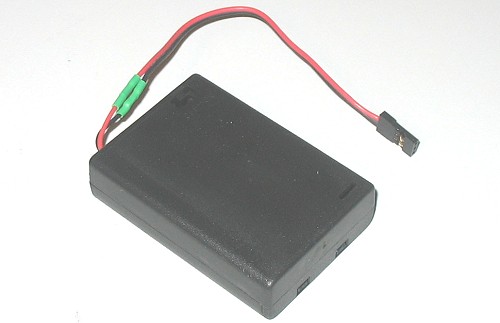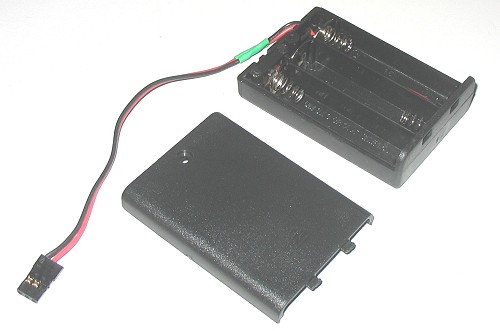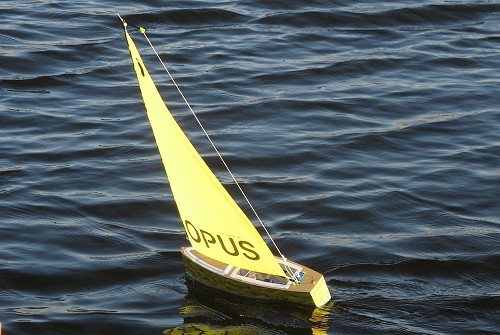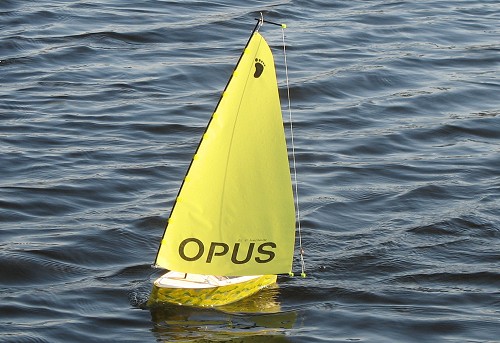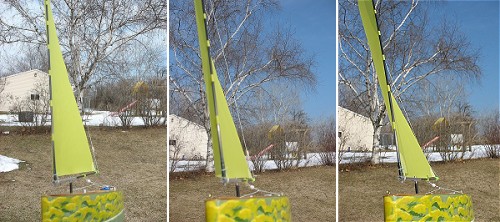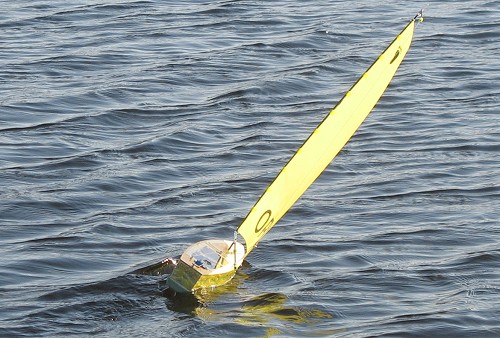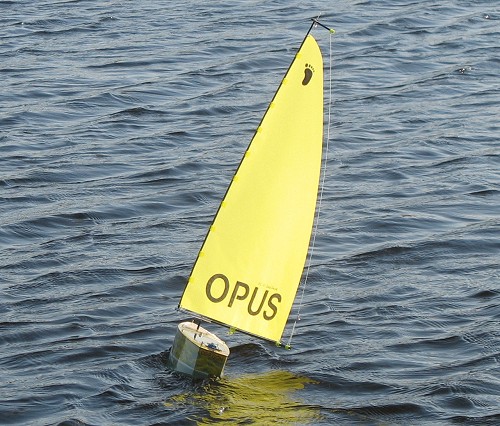Hello. It’s been awhile.
Last year brought major changes for me, both in my work and my interests. ScaleSailing had to take a back seat while my new business partner and I launched our T-shirt design business, “odd guy art.” We have great plans for that business, and it will continue to take much of my working time. Also, some of you may know that family health matters complicated the latter half of the year. Thankfully, that worked out well in the end.
So, I have chosen to get ScaleSailing back in the water, as it were, by seriously streamlining the business. I intend to concentrate solely on the production of the Kittiwake K2 and OPUS rig/sail kits. A few of my custom accessories will be available, too, but I will no longer sell servos. Check out the products page at ScaleSailing.com for the new line up.
The Kittiwake K2 will be supplied as the same craftsman quality (yet easy-to-build) kit as before. With the comprehensive step-by-step building instructions and the extensive CD of building photographs, K2 is regarded as one of the best kits on the market. The kit builds a beautiful, fine-sailing wooden boat. Two years of increasing production costs and smaller production runs mean that I will no longer try to compete with the cheap (mass produced) kits on the market. However, ScaleSailing kits will still be produced with the same care and love that I always applied in the past and I truly hope that you will still find them to be great value for your money.
Graham

